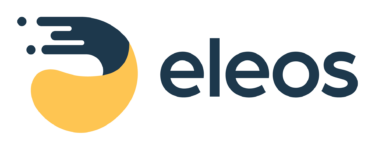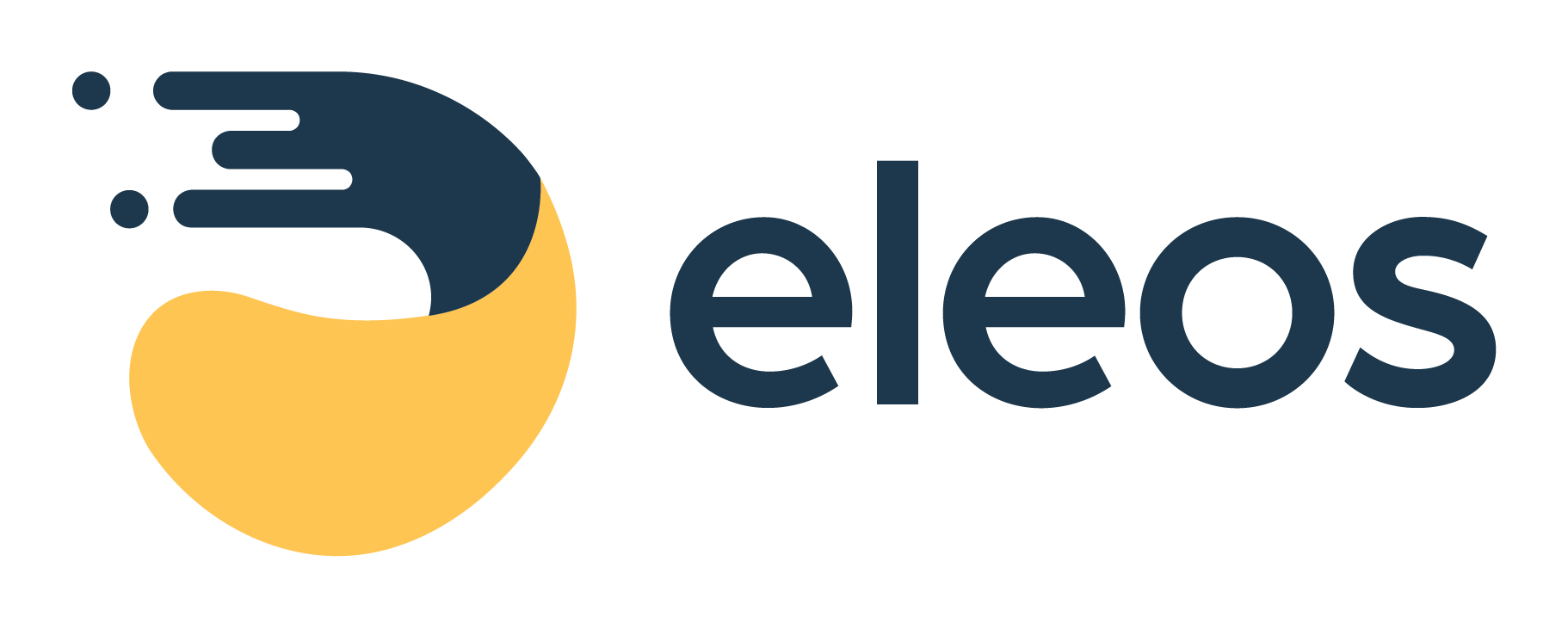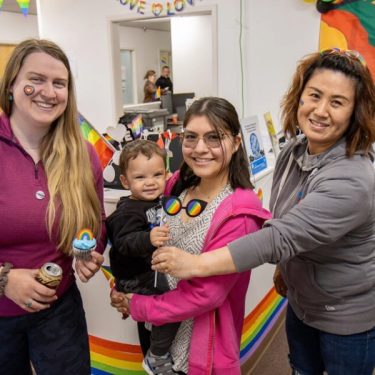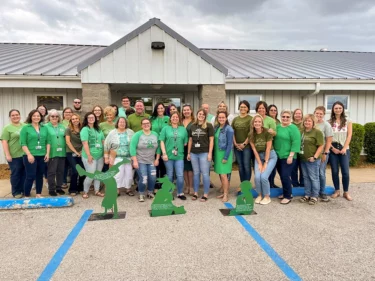How behavioral health AI is bridging gaps in care quality and access
Somewhere in America, there’s a clinic with the latest MRI technology. It’s shiny, it’s new and it’s mostly unused, thanks to the astounding administrative hurdles that keep patients waiting for weeks.
Elsewhere, there’s a small town where the best cardiologists in the state live — and their neighbors struggle with heart health due to barriers in accessing care.
This is the all-too-common gap between what health care could be and what it actually is.
The Biggest Barriers to Better Care
Behavioral health isn’t immune to the gap. We know the best evidence-based practices for helping our clients, but for a multitude of reasons beyond our control, we can’t always deliver. Sometimes, administrative burdens pull therapists away from their work. Other times, it’s inconsistent care resulting from the scarcity of providers in rural areas, long wait times for appointments, confusing and inadequate insurance coverage, or lingering stigma that holds people back from seeking the help they need.
Technology is supposed to help, but it sometimes feels like it’s adding to the problem instead of solving it. Many therapists find themselves navigating software that’s slow and clunky — often feeling like these tech platforms further separate them from their clients. In so many cases, technology can’t seem to deliver on promises to make mental health better.
But what if it could?
I know — it seems like a long shot. I’m the chief clinical officer of a mental health tech company, and even I find it hard at times to believe that tech can actually make therapy feel more human and connected.
In a recent randomized controlled trial, clients whose therapists used Eleos attended more sessions and saw a greater reduction in symptoms than those whose therapists didn’t use it.
The Proven Impact of AI on Care Quality
And yet, in my practice, using Eleos has fundamentally changed how I interact with clients.
Instead of being distracted by taking notes, I can let every part of my brain focus on the person in front of me. The connection is deeper, and clients feel it — they’re more open, more engaged and ultimately get more out of therapy. I often tell my colleagues that I just “sit differently” when I use Eleos to assist with my documentation.
I know I’m not just imagining things, because our research backs this up. In a recent randomized controlled trial, clients whose therapists used Eleos attended more sessions and saw a greater reduction in symptoms than those whose therapists didn’t use it. This wasn’t due to differences in client satisfaction — both groups reported similar satisfaction scores. The real shift was in the quality of engagement. Therapists using Eleos were simply more present, which made therapy more effective.
Note-taking isn’t the only distraction that keeps therapists from being fully present — stress does that, too. Incomplete notes can weigh on a therapist’s mind, pulling focus away from clients even after sessions end. With Eleos, 90% of notes get done within 24 hours, which means less stress. Plus, completing notes on time allows therapists to mentally clock out when they physically clock out, because they know their colleagues have everything they need to pick up where they left off.
There’s one more way Eleos can close the gap between best-practice care and actual care: It can catch patterns a therapist might overlook. One clinician shared how the system flagged grief as a recurring theme in a client’s sessions — something the clinician hadn’t fully recognized on her own. With that insight, she adjusted her approach and connected the client with extra support.
The Limitations of Technology in Behavioral Health
As promising as all of this sounds — and I’m very bullish on tech in mental health — we’re still figuring out the best ways to integrate AI and other emerging technologies into care. There’s a lot we don’t know yet, and if we don’t approach this work with humility and a willingness to learn, we’re bound to miss something. Technology is not a panacea. We have to be careful not to overpromise or overlook the human element that’s at the core of all therapeutic work.
Technology really can help bridge the gap between the care we want to provide and the care we’re actually offering. By freeing up therapists to do what they’re best at — connecting with their clients — tools like Eleos can help us get closer to where we want to be. We should aim to use health care technology in a way that respects how complex mental health care is. We should always seek out vendor-partners who truly value what human therapists bring to the table and who are dedicated to continual improvement.
This is how we’ll ensure the tech solutions we bring into the care process actually help us do better by our clients, enabling them to easily access the high-quality, human-centric care they need to thrive.
About Eleos

Eleos simplifies documentation and compliance for behavioral health providers. Our specialized AI cuts admin time by over 70% and provides clinical insights to drive better outcomes. We lighten the load so providers can focus on what they do best — caring for their clients.




